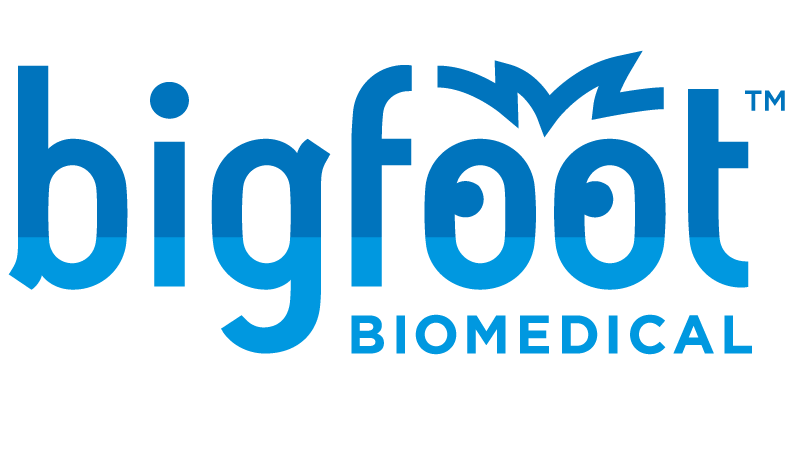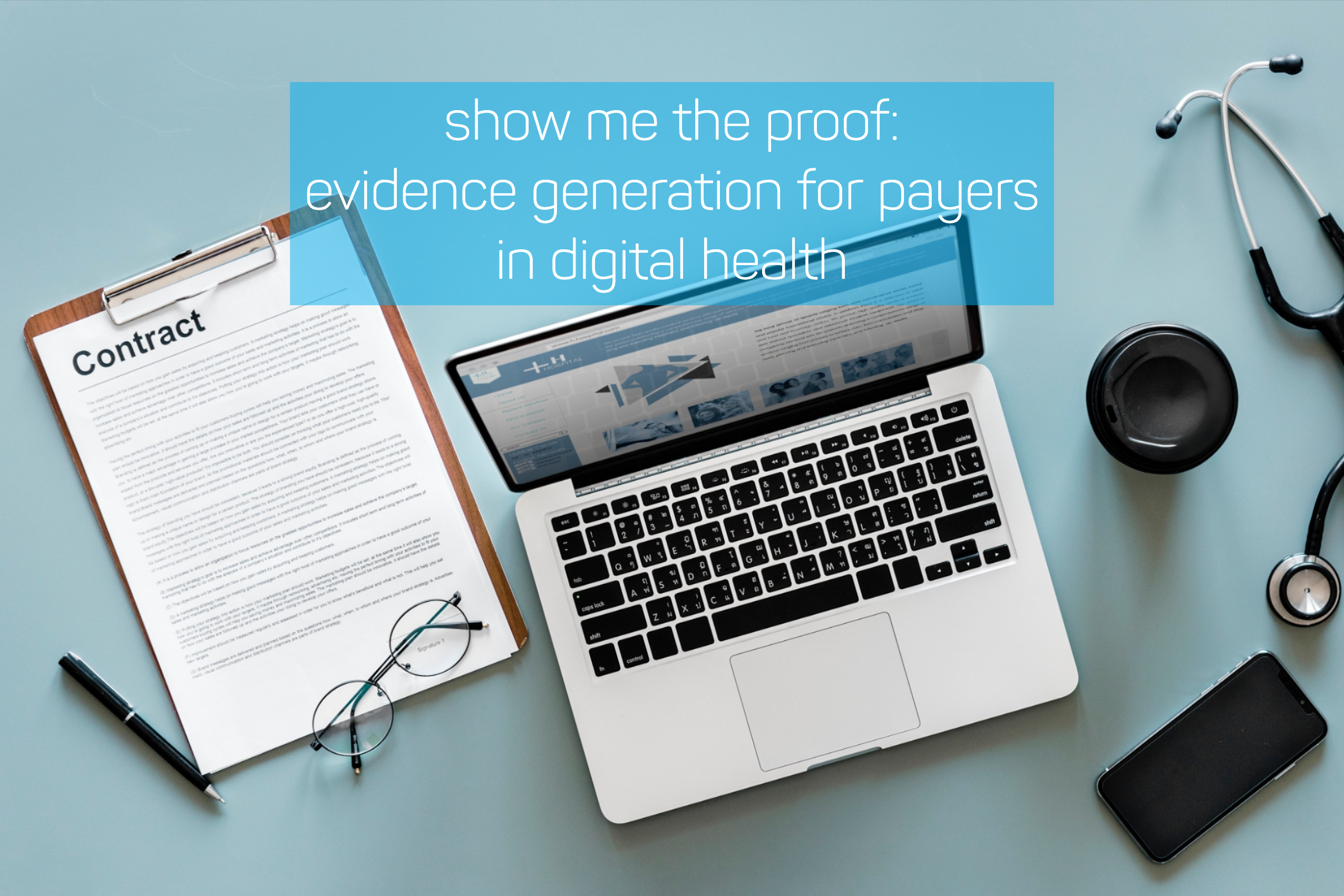Like much of the rest of our lives, our health care has been going digital. Big Pharma, Biotech, and Medical Device companies are participating in this new digital era—through mergers, acquisitions, partnerships, and also through incubation of internal research and development and ideas. This flurry of activity has led to a proliferation of wonderful services and cool products to serve people living with medical conditions.
Yet, as our team at Bigfoot Biomedical has advocated, companies have to serve not just the end user of a therapy, but really, three customers—health care consumers, health care providers, and insurance payers. As health care costs today skyrocket for all three of these stakeholders—a situation that we know can be a huge burden for the average family living with medical needs—it’s also true that our health insurance payers continue to shoulder a lot of those high costs. This customer, in particular, has become more discerning about what they will cover as they seek to balance bringing down their costs with desire to improve their member and provider satisfaction scores and see their members reaching target health outcomes. Today, it's even more critical for payers to assess the value of new tools. They have been disappointed by some previous experiences in digital health. Now how are they to sift through the noise?
Today, payers use robust processes to assess safety, efficacy, and cost-effectiveness to decide on coverage and reimbursement. That assessment process often starts with whether or not a therapy has FDA approval/clearance. Payers then gather input from health tech assessment groups, review committees, and contracting teams to evaluate potential coverage and reimbursement. While this kind of evidence ultimately drives reimbursement, there is no single specific process to ensure broad reimbursement. Additionally, the level of evidence required for coverage can vary depending on the therapeutic area and industry. Traditional device and pharma manufacturers have research and development time and budgets on their side to plan and account for this process.
Payers view digital health therapies through that same lens and will require a heavy burden of evidence for these, as well. What is not easy to gauge, however, is what type of evidence generation digital health companies should prioritize. There are several options, outlined below, but with each, there will always be a cost, quality, and time trade-off. Thankfully, payers are beginning to work in partnership with companies and can help companies define success criteria. The industry is now in a bit of an exploration stage of what this evidence looks like, and that’s something we’re focused on at Bigfoot.
Evidence generation can take many forms, ranging from a meta-analysis (which means taking a look at data from many independent studies to determine overall trends), simulation modeling (like we have done at Bigfoot), and observational registry studies (where a user opts in to having their real-world data collected) to formal clinical trials. Clinical trials for devices can further range from pilot trials to randomized controlled trials (RCT). Payers’ preference is toward the stronger evidence generated by randomized clinical trials, but even that may not be enough to meet payer assessment requirements, as clinical trial results (which are generated in a controlled environment) don't always translate to real-world outcomes in regular users in everyday life or may not be a large enough sample to satisfy the needs of the payers. This is where the rubber meets the road. Which evidence is required for a digital health product—and how much of it—is a hard question with answers that can vary, but what digital health companies are beginning to understand is that lightweight evidence isn’t going to cut it.
One of the areas where health care companies are beginning to develop competencies is in real-world evidence generation. To achieve this takes a host of data sources—patient registries, insurance claims data, and consumer and clinician surveys. It’s then incumbent on companies to make sense of all these sources in an integrated fashion to show and drive meaningful outcomes that payers care about - including member and provider satisfaction and clinical metrics improvements. In other words, our payers want to see that people are using the therapies they purchased for us, that we like what we’re using, and that we’re doing well. For providers, payers want to see that providers are prescribing proven therapies, able to support successful use of the therapies, and that the therapy fits into a provider’s typical office visit workflow.
Ultimately, payers want to experience the solution in their own member populations and make determinations about viability, efficacy, and cost-efficiency in order to move forward with establishing coverage. Pilots are an oft-used approach to this effect. A pilot program refers to how a payer and a manufacturer might work together to launch a new therapy in a small population in order for a payer to try it out. Another more intensive approach to address this burden of evidence generation is through value-based, at-risk outcome contracts between companies and payers. In each of these cases, payers expect to see improved member and physician engagement, clinical outcomes, and cost savings. But this negotiation can be complicated. Which outcome is measured and how, who measures the outcomes, and what does success look like? The real-world execution of these pilots and contracts often leads to challenges and, in some cases, their failure.
Claims-based reimbursement as a provider is a starting point that can show organic demand and drive evidence buildup in the member population. Self-insured employers, a favorite early adopter target among digital health companies, have become more discerning recently to make sure their decisions benefit all involved. This is why Bigfoot is exploring the capabilities in our systems to help make visible real-world effects of use.
Partnering for evidence generation, early-on, with self-insured employer and payers will be important for companies to achieve broad coverage for their digital health solutions, which in turn will broaden access for people who want to use newer digital health products and services. Incentives between these two stakeholders need to align so that partnering leads to reimbursement—for people using the therapies and for the health care providers’ time spent supporting them. In parallel to the development efforts we’ve been engaged in at Bigfoot in the creation of our solutions, we’ve reached out early to have meaningful dialogue with payers, listening to their needs and pain points so that we can incorporate their feedback, just as we listen to our community of people living with, supporting, and treating people with diabetes. Our intent is to build solutions to better move the needle on outcomes that each of these stakeholders care about.
Capabilities to develop evidence will be critical for digital health companies going forward, and it’s why we devote energy and resources to such at Bigfoot. Solutions that integrate into health care providers’ practice and workflows not only help health care providers deliver better care, but are best suited for payer adoption. As companies like ours grow in our ability to help payers identify the appropriate members of their population who could benefit from our products and services, selecting and highlighting easily measurable clinical metrics that drive costs, we believe we will see positive change and synergy in payers’ evaluation of digital therapies. We have a clear path before us to develop a playbook for evidence generation in digital health. We’re just getting started here.


